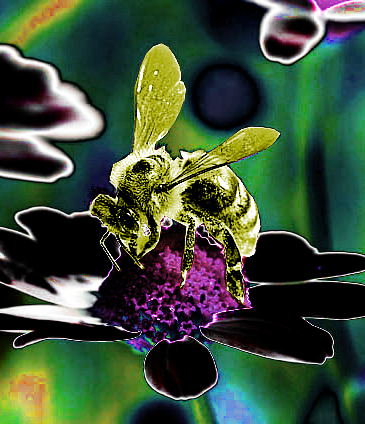Bee risks rising
 Evidence of the harmful effect of pesticides on bees continues to grow.
Evidence of the harmful effect of pesticides on bees continues to grow.
New research has shown that the neonicotinoid chemical thiamethoxam dramatically reduces egg-laying by queen bumblebees.
“Bumblebee queens that were exposed to the neonicotinoid were 26 per cent less likely to lay eggs to start a colony,” lead researcher Professor Nigel Raine, from the University of Guelph in Ontario, said of the latest findings.
“A reduction this big in the ability of queens to start new colonies significantly increases the chances that wild populations could go extinct.”
Europe has temporarily banned neonicotinoids, but environmental campaigners want to see it made permanent for all crops.
However, there is some pushback, as farmers warn this could lead to crop losses and a return to older, more harmful pesticides.
Some argue that neonicotinoid research is too focused on honeybees and ignores crop pollination by wild bees, including bumblebees.
The new study looked at bombus terrestris bumblebee queens exposed to thiamethoxam in spring, when they usually begin to lay their first eggs.
Half of a population of 300 bees were fed pesticide-laced syrup at levels similar to those found in wild pollen and nectar.
Over 10 weeks of monitoring, queens exposed to the pesticide laid 26 per cent fewer eggs than those that were not exposed.
Mathematical modelling was then used to predict what that rate of decline might mean in the real world.
The chemicals “dramatically increased” the chances of local extinction, the scientists found.
“When a queen is going to set up a colony, she will secrete wax and form it into containers for nectar and pollen,” Prof Raine said.
“She will then begin to lay her eggs and sit on them like a bird … these spring queens represent the next generation of bumblebee colonies. This study shows that neonicotinoids could be having a devastating effect on wild bumblebee populations.
“We urgently need to know more about how pesticides could be affecting other species to make informed decisions about the risks associated with using these chemicals.”
In Australia, concern has been raised many times about the lack of restrictions on neonicotinoid use.







 Print
Print